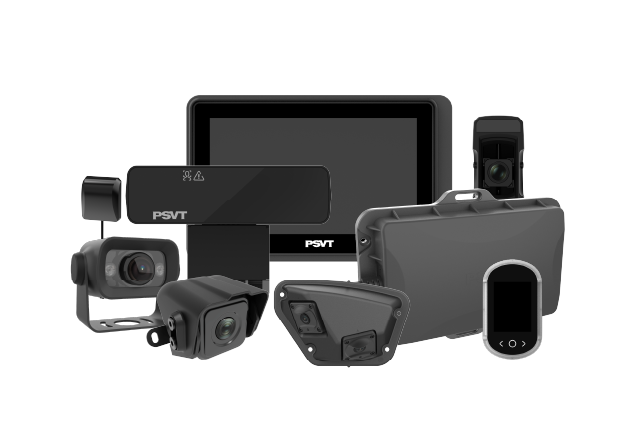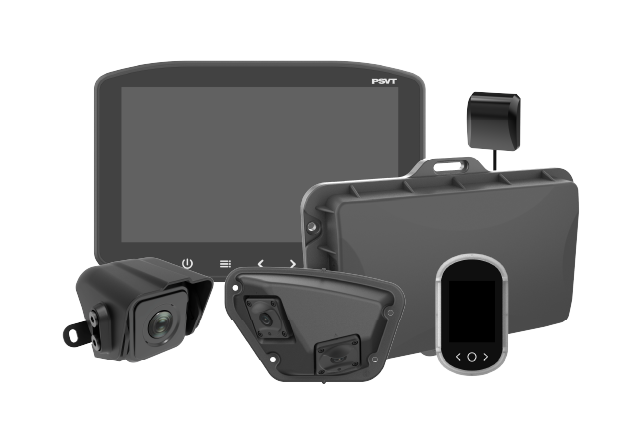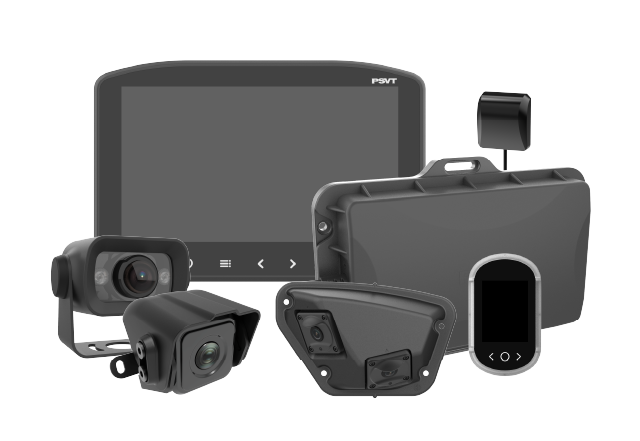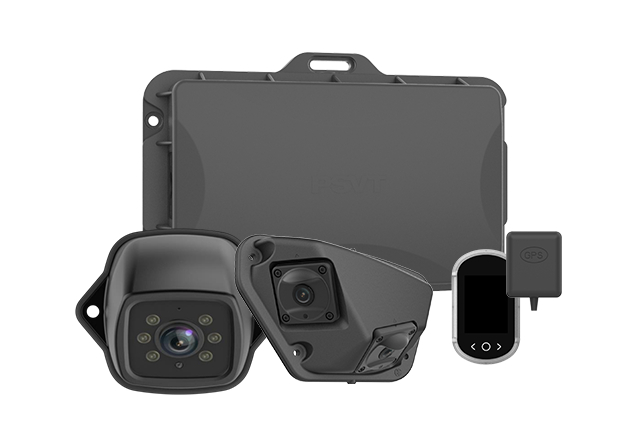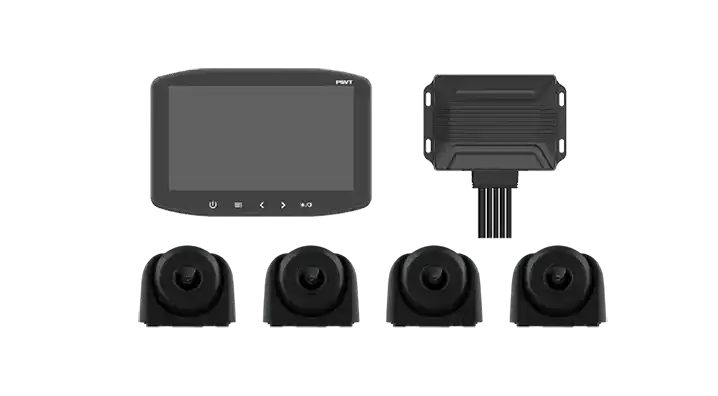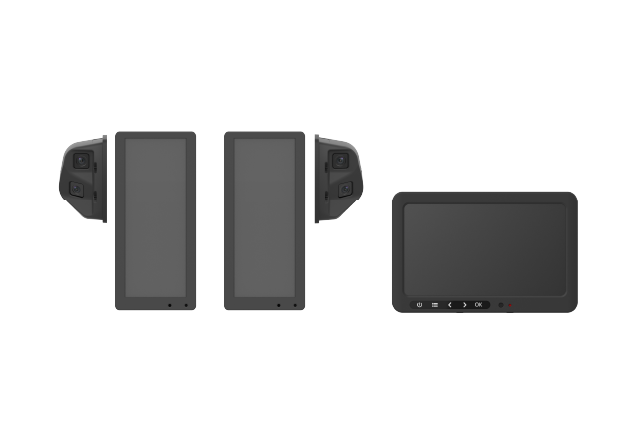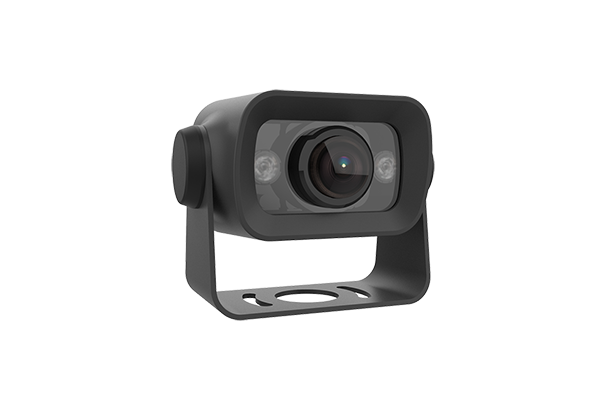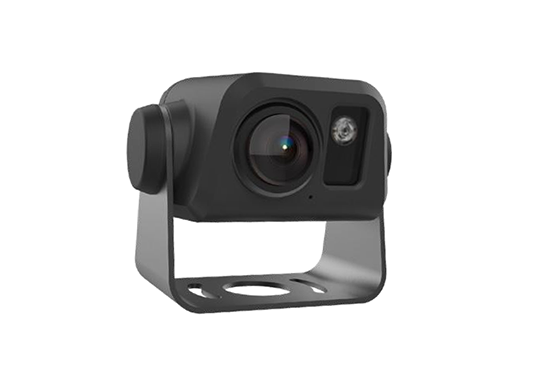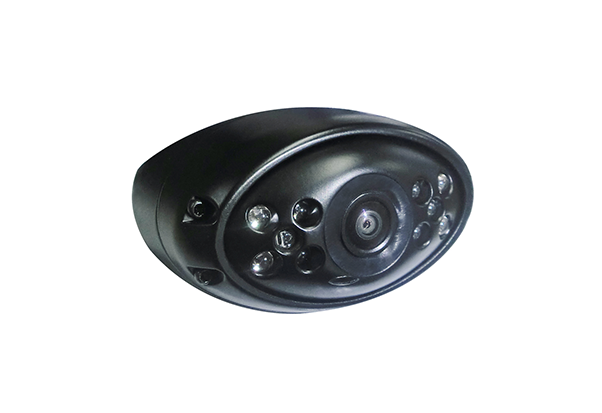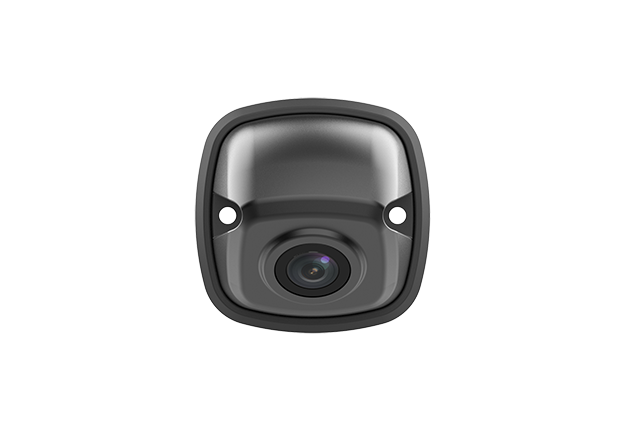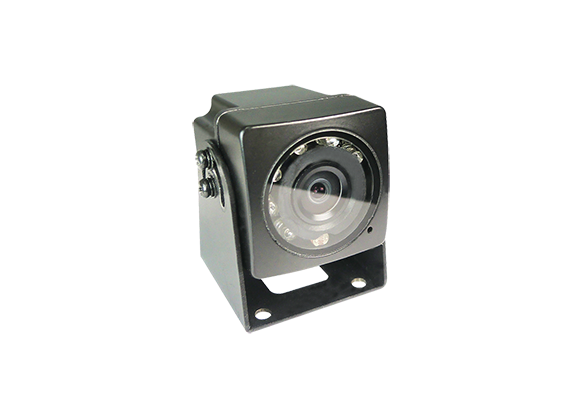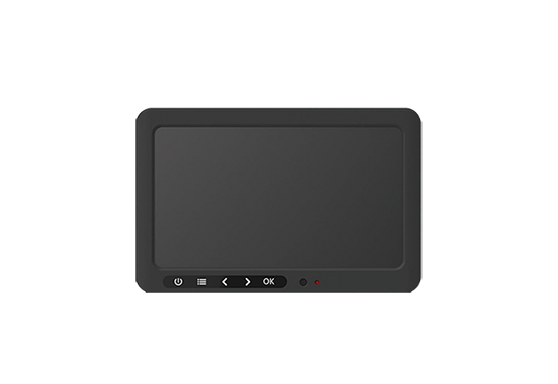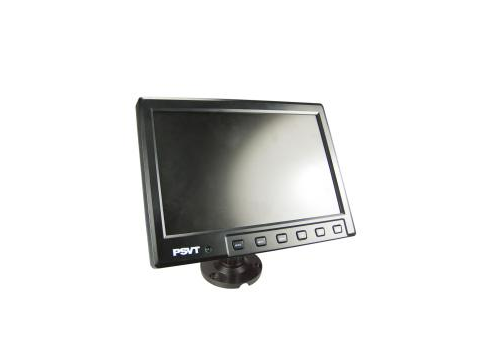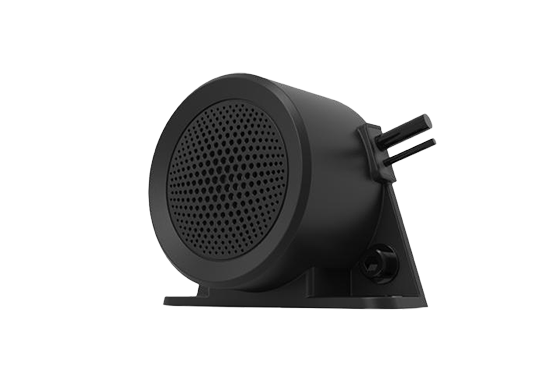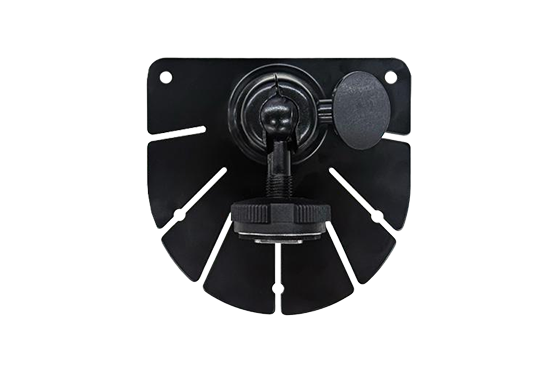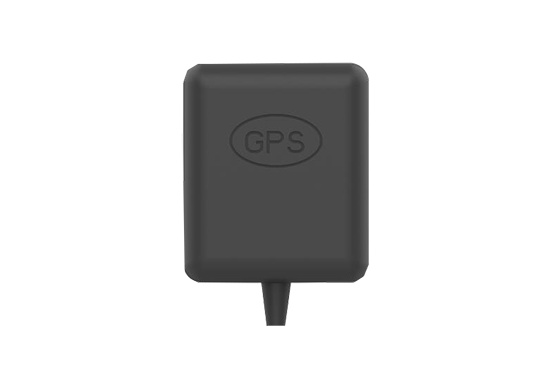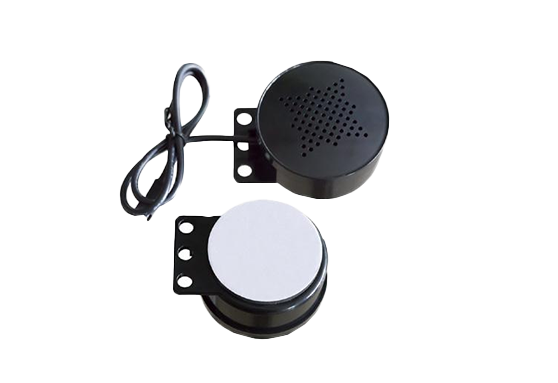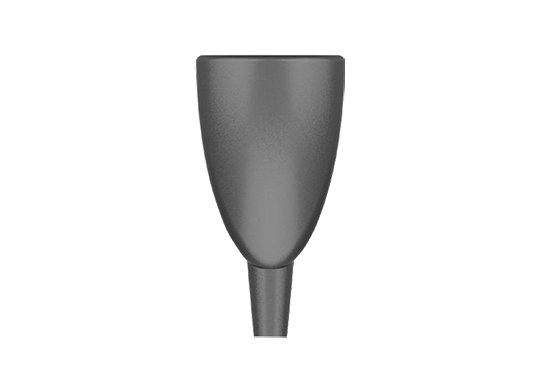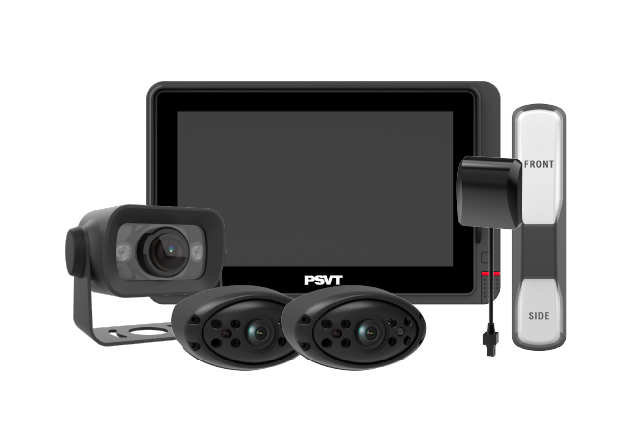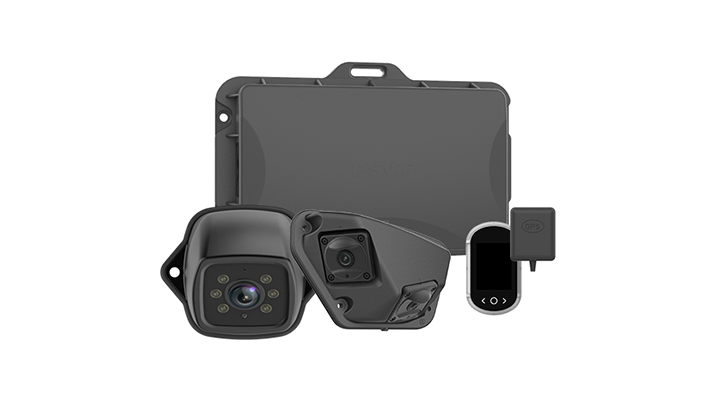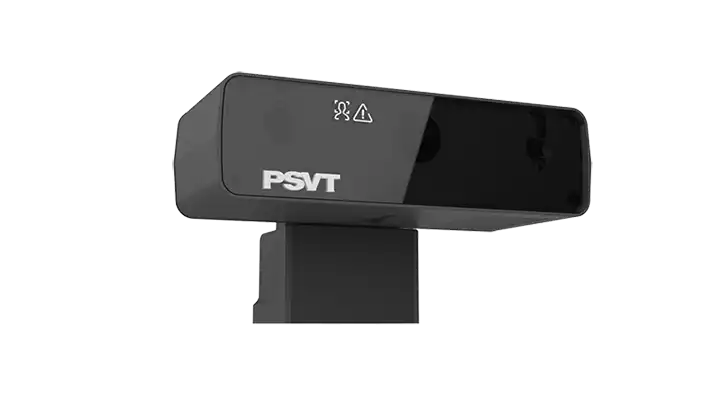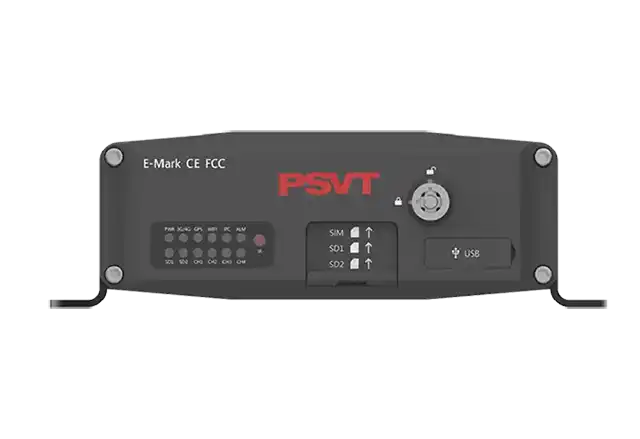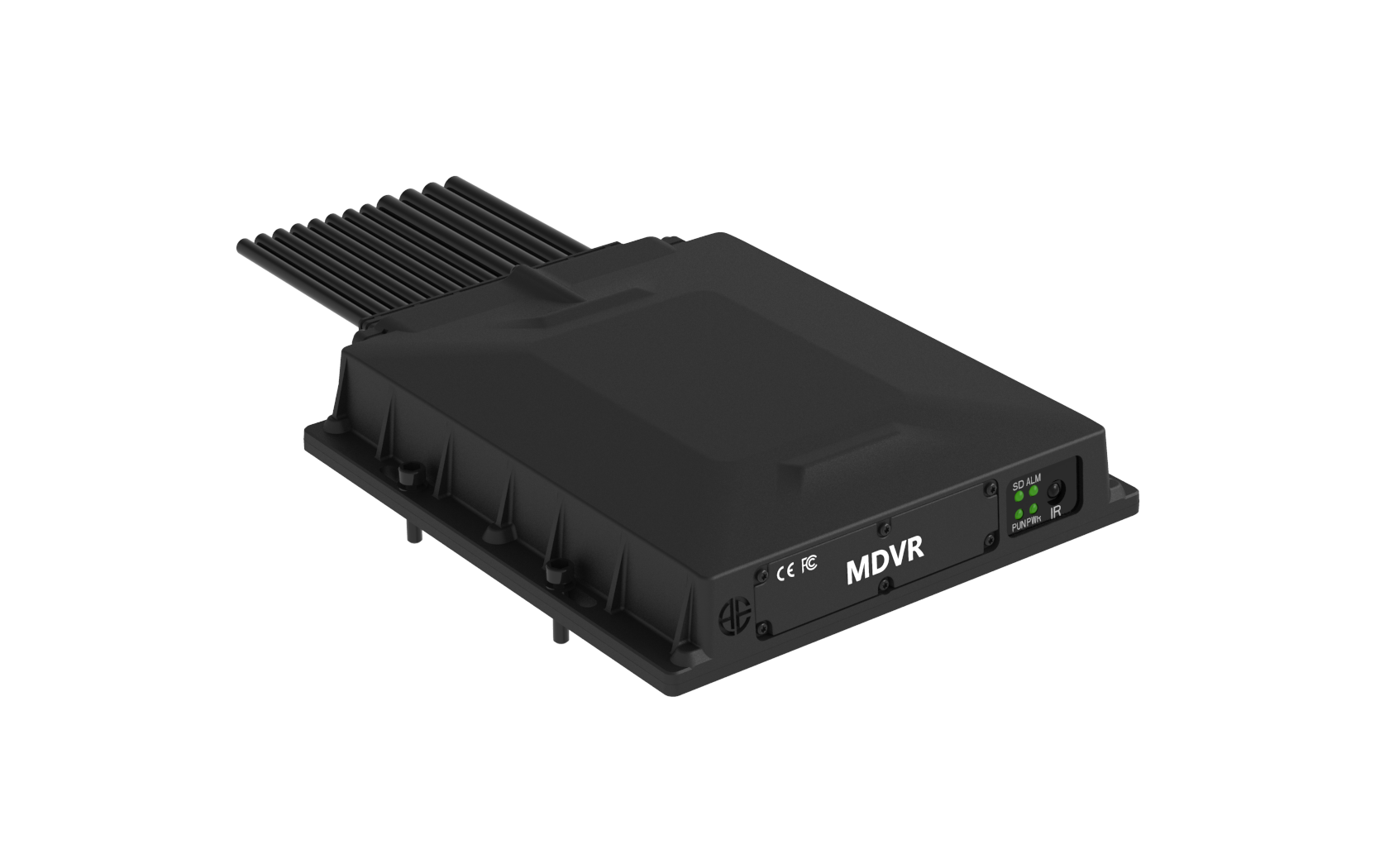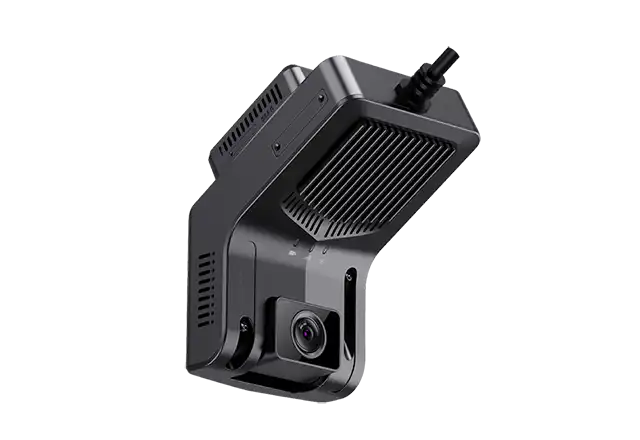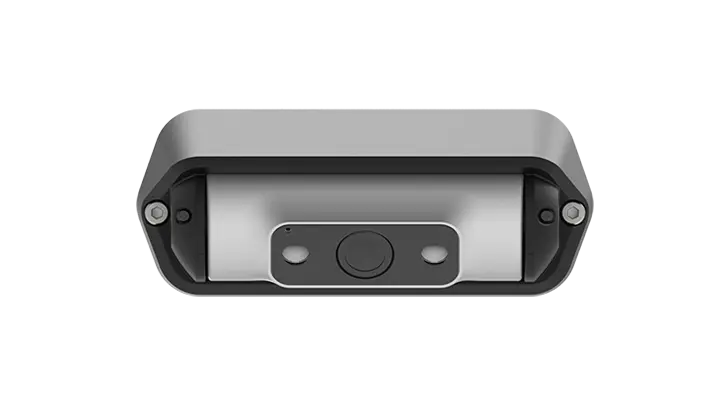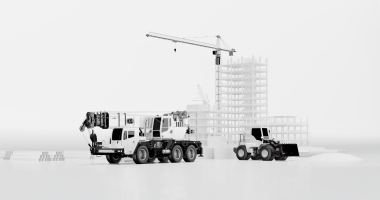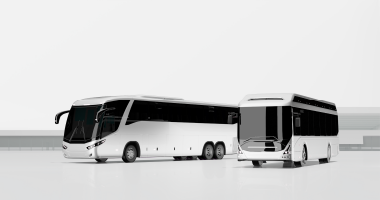Vehicle technology has advanced significantly, focusing on improving safety and driving convenience. One major development in this area is parking and maneuvering assistance, with the introduction of reverse cameras and 360-degree camera systems. These technologies help drivers navigate tight spaces, avoid obstacles, and park safely. While both systems aim to enhance visibility, they differ in functionality, technology, and application.
This article explores the key differences between reverse cameras and 360-degree camera systems, helping you determine which is best suited for your driving needs.
A reverse camera, also known as a backup camera, is a common safety feature in modern vehicles. It assists drivers in seeing what is directly behind them when reversing.
How It Works:
- A wide-angle lens camera is mounted on the rear of the vehicle.
- The camera transmits a video feed to a display screen inside the vehicle.
- The system provides a clear rear view, reducing the risk of hitting unseen objects.
Advantages of a Reverse Camera:
- Improves rear visibility, reducing blind spots.
- Helps prevent collisions when backing out of parking spaces.
- Essential safety feature in most modern vehicles.
Limitations:
- Limited field of view—only covers the area directly behind the vehicle.
- Cannot detect side or front obstacles.
A 360-degree camera system, also known as the AVM (Around View Monitor) 360° Surround View System, is a more advanced technology that provides a complete, real-time view of the vehicle’s surroundings.
How It Works:
- Multiple cameras are installed on the front, rear, and sides of the vehicle.
- The system stitches together images from all cameras to create a bird’s-eye view of the surroundings.
- A seamless, real-time 360-degree view is displayed on the vehicle’s screen, helping drivers navigate obstacles from all angles.
Advantages of a 360-Degree Camera System:
- Comprehensive visibility—eliminates blind spots by providing a panoramic view.
- Bird’s-eye perspective—helps drivers gauge the vehicle’s position in relation to objects.
- Advanced parking assist—dynamic guidelines and obstacle detection assist with precise parking.
- Improved safety—real-time alerts warn drivers of nearby objects, reducing low-speed collisions.
- Integration with safety systems—works alongside automatic emergency braking, lane-keeping assist, and collision warnings.
Limitations:
- More complex and costly installation.
- Requires regular calibration for accurate imaging.
Why Choose a 360° Imaging System (AVM 360° Surround View System)?
While reverse cameras effectively enhance rear visibility, a 360° imaging system provides a superior level of awareness in various driving situations.
Key Benefits of the AVM 360° System:
- Eliminates blind spots by offering a real-time, panoramic view of the entire vehicle.
- Improves spatial awareness, making it easier to maneuver in tight parking lots and busy streets.
- Detects surrounding obstacles and issues audio and visual warnings.
- Reduces accidents in complex driving environments, especially narrow spaces and high-traffic areas.
- Enhances safety by integrating with ADAS (Advanced Driver Assistance Systems), ensuring better protection against collisions.
Conclusion
Both reverse cameras and 360-degree camera systems improve vehicle safety, but they differ in functionality and application.
- Reverse Cameras: Provide a basic rear-view solution, making them an essential safety feature in modern vehicles.
- 360-Degree Cameras: Offer a comprehensive, real-time view around the vehicle, significantly improving maneuverability and safety in complex environments.
For everyday driving and basic parking, a reverse camera is sufficient. However, if you frequently navigate tight spaces, crowded areas, or require precise maneuvering, investing in a 360-degree imaging system (like the AVM 360° Surround View System) is a smarter choice.
While the installation cost of a 360-degree system is higher, the safety, convenience, and visibility it provides make it a valuable long-term investment.

